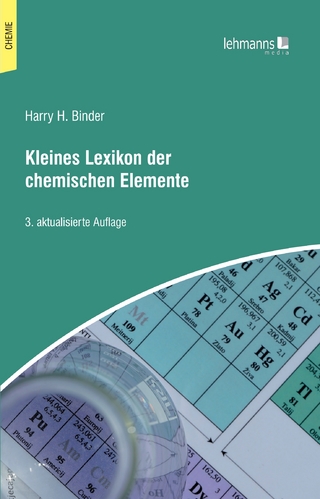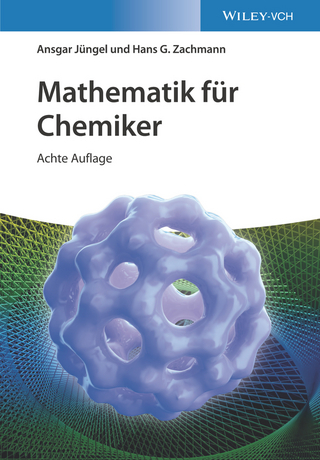
Modeling the Lattice Parameters of Solid Solution Alloys
Anchor Academic Publishing (Verlag)
978-3-96067-098-8 (ISBN)
For the interstitial solid solution of the Fe-C system, the method is based on the assumption that the change in lattice parameter of the pure Fe phase is due to the occupation by carbon atoms to the octahedral holes in the fcc austenite; and bct martensite.
The model of lattice parameter versus temperature for both substitutional and interstitial solid solutions is based on the relative change in length and vacancy concentration at lattice sites that are in thermal equilibrium. Combinations of both models then facilitate the calculation of lattice parameters as a function of concentration and temperature. The results are discussed accordingly.
Omed Gh. Abdullah is an assistant professor of Materials Science at Physics Department, College of Science, University of Sulaimani, Kurdistan Region, Iraq. His main research interests include fabrication and characterization of advanced materials, polymer nanocomposite, as well as simulation of powder compaction.
Text Sample:
Chapter 1-5 Point defects:
The mathematically perfect crystal is an exceedingly useful concept. In actual crystals, however, imperfections or defects are always present and their nature and effects are often very important in understanding the properties of crystals. Ordinary materials, however contain imperfections of various kinds that produce both useful properties and also such undesirable effects as causing the strength to decrease below that of a perfect crystal [26].
The simplest imperfection is a lattice vacancy, which is a missing atom or ion, also known a Schottky defect, (Fig. (1-5a)) [...].
Another vacancy defect is the Frenkel defect in which an atom is transferred from a lattice site to an interstitial position (Fig. (1-5b)), a position not normally occupied by an atom [9].
1-6 Theme of work:
Phase diagrams and/or properties of solid solutions are of great importance in metallurgy and their determination are extensively done experimentally by X-ray and thermal analysis methods.
As seen from literature outline, theoretical prediction of phase diagrams via lattice parameters received less attention, only few publications on the substitutional solid solutions and practically no available literature on the interstitial solid solution such as the common Fe-C and Fe-N. Thus the theme of work will highlight prediction of models involved in the calculation of lattice parameters via atomic radii of the binary elements and their crystal structures for the substitutional solid solution Ni-Cu and Ge-Si, and the interstitial solid solution Fe-C, subject to the correlation with concentration of solvent/solute, and in addition the model is also correlated with the vacancy defects and thermal expansion that are highly affected by temperature [...].
2-4 Lattice Parameters of Interstitial Solid Solution:
Interstitial solid solutions normally have very limited solubility and generally are of little importance. Carbon in iron is a notable exception and forms the basis for hardening steel [7]. The lattice parameters of the various kinds of "iron" and steels, which make these materials so valuable, are dependent on the amount of carbon and the way in which it is distributed throughout the metal [29].
2-4-1 Austenitic Fe-C system: face centered cubic case:
In the face centered cubic structure, the largest holes are at the centers of the cube edges and at cube centers (Fig. (2-2a)); they are surrounded by six metal atoms which form the corners of an octahedron and are thus known as the "octahedral holes". The structure also contains a second set of holes at positions such as those in Fig. (2-2b). These holes are surrounded by four metal atoms arranged tetrahedrally, and known by the "tetrahedral holes" [3].
| Erscheinungsdatum | 15.01.2017 |
|---|---|
| Sprache | englisch |
| Maße | 155 x 220 mm |
| Gewicht | 129 g |
| Themenwelt | Naturwissenschaften ► Chemie ► Allgemeines / Lexika |
| Naturwissenschaften ► Chemie ► Physikalische Chemie | |
| Schlagworte | alloy • Austenitic Fe-C system • Ge-Si solid solution • Interstitial solid solution • lattice parameter • Martensitic Fe-C system • Material • Ni-Cu solid solution • Substitutional solid solution |
| ISBN-10 | 3-96067-098-2 / 3960670982 |
| ISBN-13 | 978-3-96067-098-8 / 9783960670988 |
| Zustand | Neuware |
| Haben Sie eine Frage zum Produkt? |
aus dem Bereich


